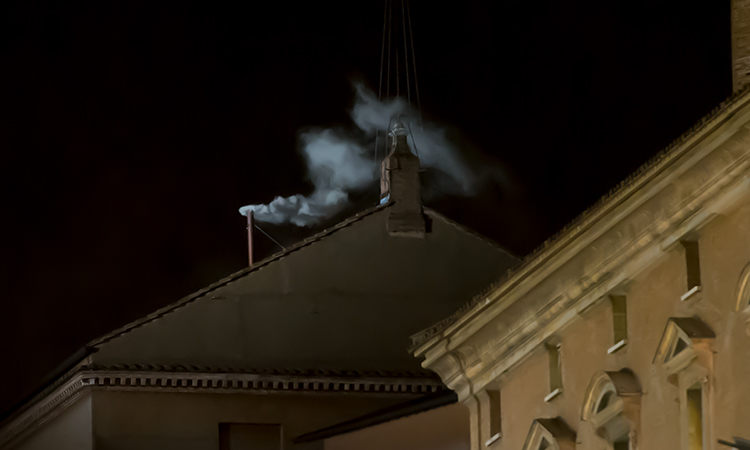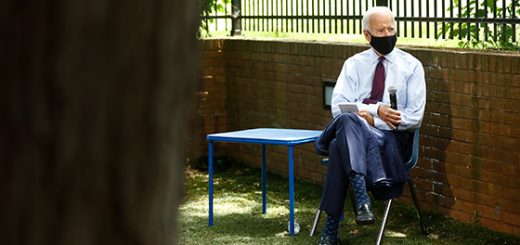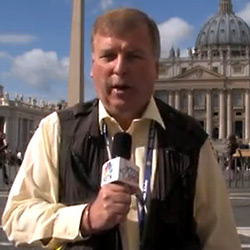Selecting a new pope.

While smoke pours out of the chimney atop the Sistine Chapel on the evening of March 13, 2013 as news of the election of Pope Benedict XVI begins to emerge. (Photo by Paul L. Gleiser)
I’m off to Rome Friday morning to cover, for the third time in 20 years, the ancient process of selecting a new pope to lead the Roman Catholic Church and its 1.3 billion followers – 70 million of whom live in the United States and 121,000 of whom live within the jurisdiction of the Diocese of Tyler, Texas (home to my radio station, KTBB).
Full disclosure: I am a professing Christian, but I am not Catholic.
Nevertheless, because of the work attendant to my coverage of two prior conclaves, I have for all intents made the Catholic Church my “beat.” I follow news about the Church closely.
Much of that news has not been good. The Church has real problems. Europe – once Roman Catholicism’s center of gravity – is now largely secular. The continent is filled with beautiful Catholic churches where weekly mass attendance now numbers in the low dozens. Most European Catholic churches are now little more than art museums.
I will long remember walking into a beautiful neighborhood Catholic church in Rome while visiting Italy with my wife. The parish priest – rather than ministering to a parishioner or preparing the homily for Sunday – was instead setting up a souvenir stand to sell inexpensive Catholic-themed trinkets to tourists so that he might raise the money to keep the ancient building from falling in on itself.
The picture isn’t quite that bleak here in America. But still, weekly mass attendance is way down from 25 years ago.
Many of the Church’s infirmities are self-inflicted. The clergy abuse scandal that came to light on the watch Pope John Paul II has yet to be adequately addressed two popes later. The attendant price is incalculable. To my mind, no single thing has contributed more to the Church’s loss of moral authority than its failure to decisively root out pederast priests, no matter the immediate consequences attendant to losing clergy when clergy is already in short supply.
Another self-inflicted wound is the financial mismanagement at the Roman Curia – the central administrative body of the Catholic Church. Rich though it is in breathtakingly beautiful Renaissance art and priceless treasures, the church nevertheless sits perilously close to financial collapse.
And a deep philosophical divide that grips the Church contributed to the 2023 ouster of the Bishop of Tyler – a man beloved by Catholic and non-Catholics here in East Texas.
But for all that, and as I said when I wrapped up our coverage of the conclave in 2013, despite its acknowledged sins over the centuries, in the full arc of history the Roman Church has been a force for good in the world. Through the ages the Church has comforted the afflicted, healed the sick and brought the light of education into an otherwise dark world.
As the Church has fumbled its moral authority, nothing good has rushed in to fill the resulting vacuum.
So, I’m off to Rome in the hope that at a particularly difficult moment in the Church’s 2,000-year history, God leads the College of Cardinals to select a particularly right man to lead it.








The Pope’s recent statement claiming the US closing its borders is equivalent to abortion has destroyed all credibility of the Catholic Church.